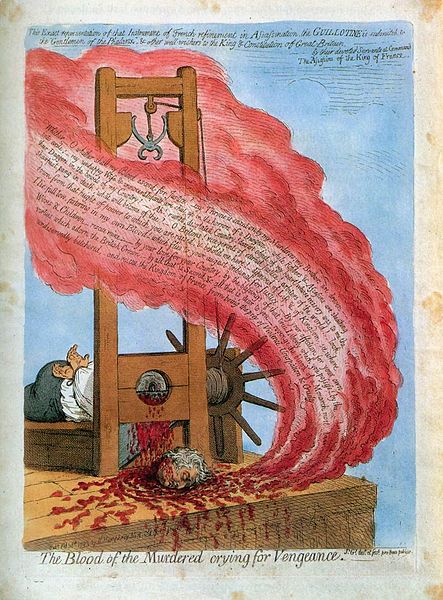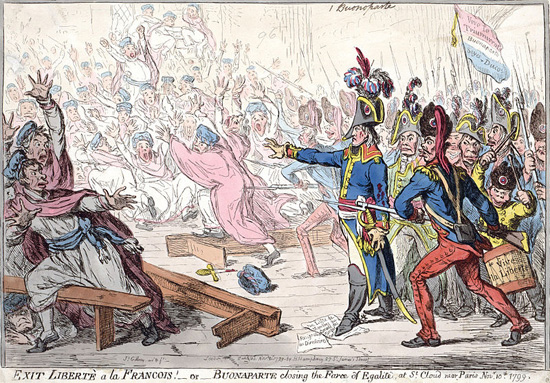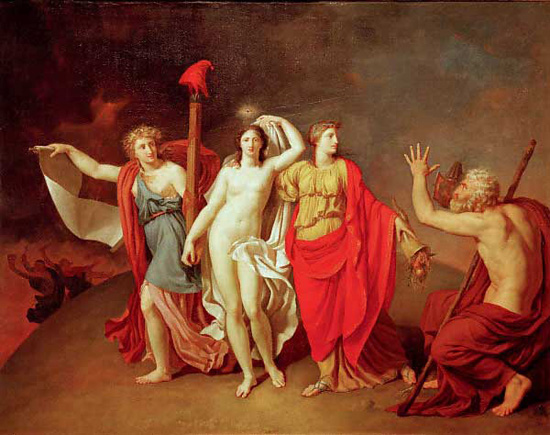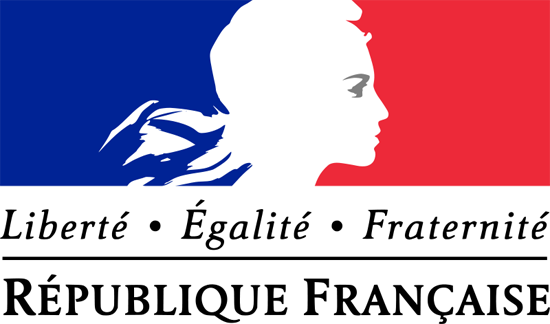The French Revolution
The French Revolution as viewed from Britain can be seen in the series of increasingly horrified caricatures of James Gillray, from 1789 through the arrival of Napoleon a decade later. Below is The Blood of the Murdered Crying for Vengeance from 1793, in which Gillray is reacting to the guillotining of Louis XVI. It is held at New College, Oxford University.

In the caricature of 1799 shown below, Gillray is as much of a fan of a Frenchman as a reactionary Englishman can be: Exit libertè a la Francois!—or—Buonaparte closing the farce of Egalitè, at St. Cloud near Paris Novr. 10th. 1799. It is in the US Library of Congress. Gillray's positive view of Napoleon would soon change...

In France, of course, they saw liberty and equality differently. The Revolution, and the French Republic that followed it, were expressed in personification and allegory and placed in Classical Greek and Roman settings. The Neoclassical stylization is a real contrast with the grainy populism of Gillray's caricatures.
In Nicolas de Courteille's 1793 painting below, Truth Leading the Republic and Abundance, that is naked Truth in the middle with her all-seeing eye above, the Republic on the left with the scroll and Phrygian cap, with Abundance on the right, and Greek philosopher Diogenes with his lantern on the extreme right. The old cynic has finally beheld Truth, you see...

These female figures would become fused eventually as Marianne (below). She appears still on French coins and stamps and statues. This cool image is the official logo of the Republic.

